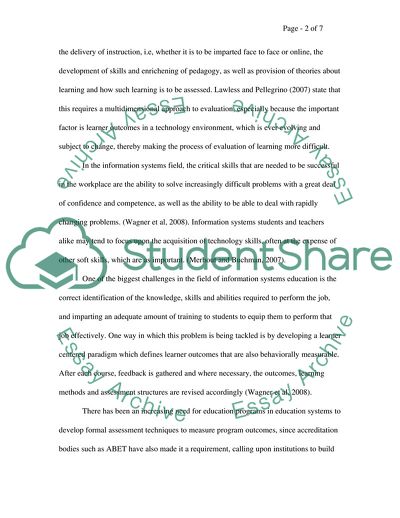Cite this document
(Information Systems Development Education Essay, n.d.)
Information Systems Development Education Essay. https://studentshare.org/information-technology/1716516-balancing-technology-people-and-organisations-in-information-systems-development-education
Information Systems Development Education Essay. https://studentshare.org/information-technology/1716516-balancing-technology-people-and-organisations-in-information-systems-development-education
(Information Systems Development Education Essay)
Information Systems Development Education Essay. https://studentshare.org/information-technology/1716516-balancing-technology-people-and-organisations-in-information-systems-development-education.
Information Systems Development Education Essay. https://studentshare.org/information-technology/1716516-balancing-technology-people-and-organisations-in-information-systems-development-education.
“Information Systems Development Education Essay”. https://studentshare.org/information-technology/1716516-balancing-technology-people-and-organisations-in-information-systems-development-education.


